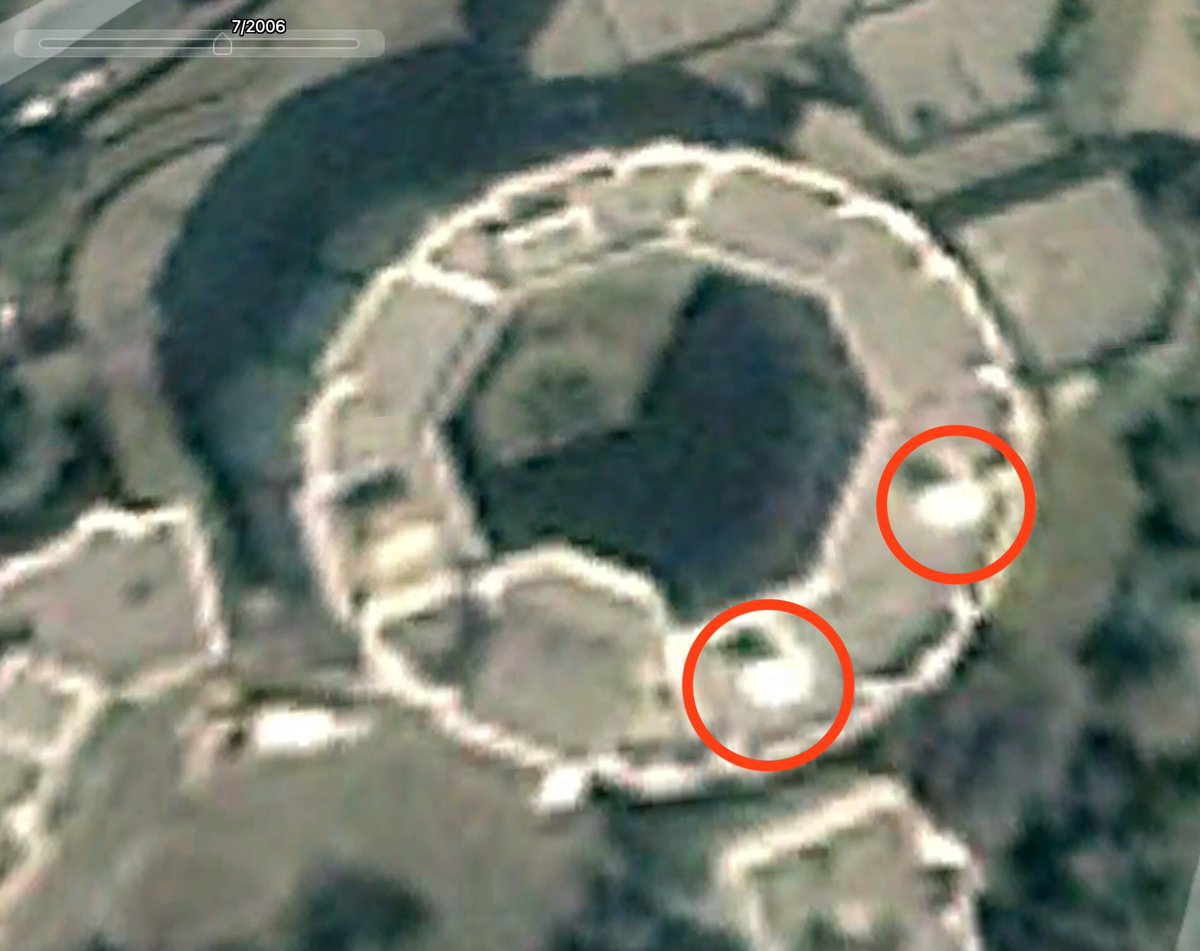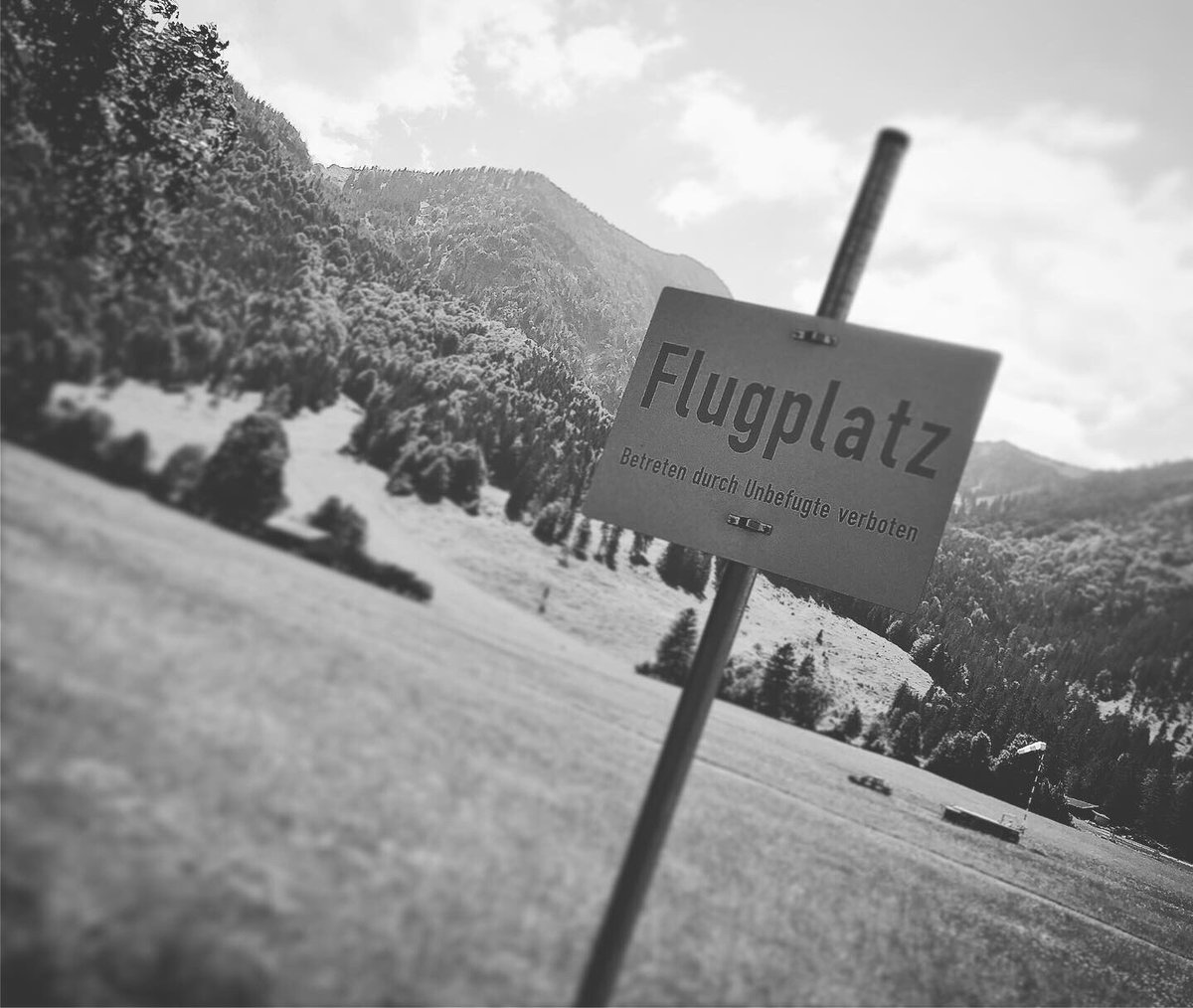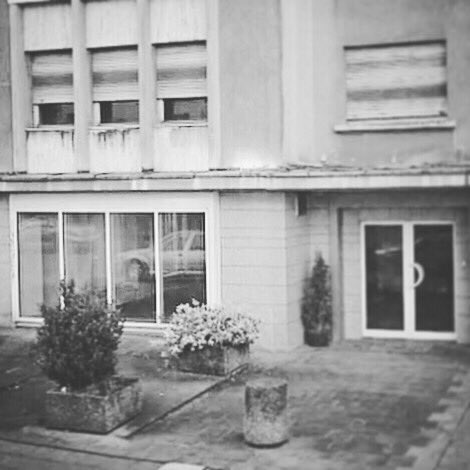
Stasi Field Station „Park“
#thread
A square functional building on the outskirts of the old capital Bonn in West Germany. The #Stasi operated a #SIGINT base here, disguised as the GDR's diplomatic permanent representation in Bonn 1/6
#thread
A square functional building on the outskirts of the old capital Bonn in West Germany. The #Stasi operated a #SIGINT base here, disguised as the GDR's diplomatic permanent representation in Bonn 1/6

The full scale of GDR espionage in West Germany only became known after the fall of the Wall. An important #Stasi spy station was located in Bonn at Godesberger Allee 18. The "Ständige Vertretung" (StäV) of the GDR - a kind of embassy. Active 1974 to 1990. Code name "Park" 2/6 





By order of the GDR, the building was increased by one floor (3 to 4). For good reason. State-of-the-art listening technology was set up there. Code name "STEUERUNG 1“ In a specially secured area, more than 30 receivers and corresponding recording equipment were installed 3/6 

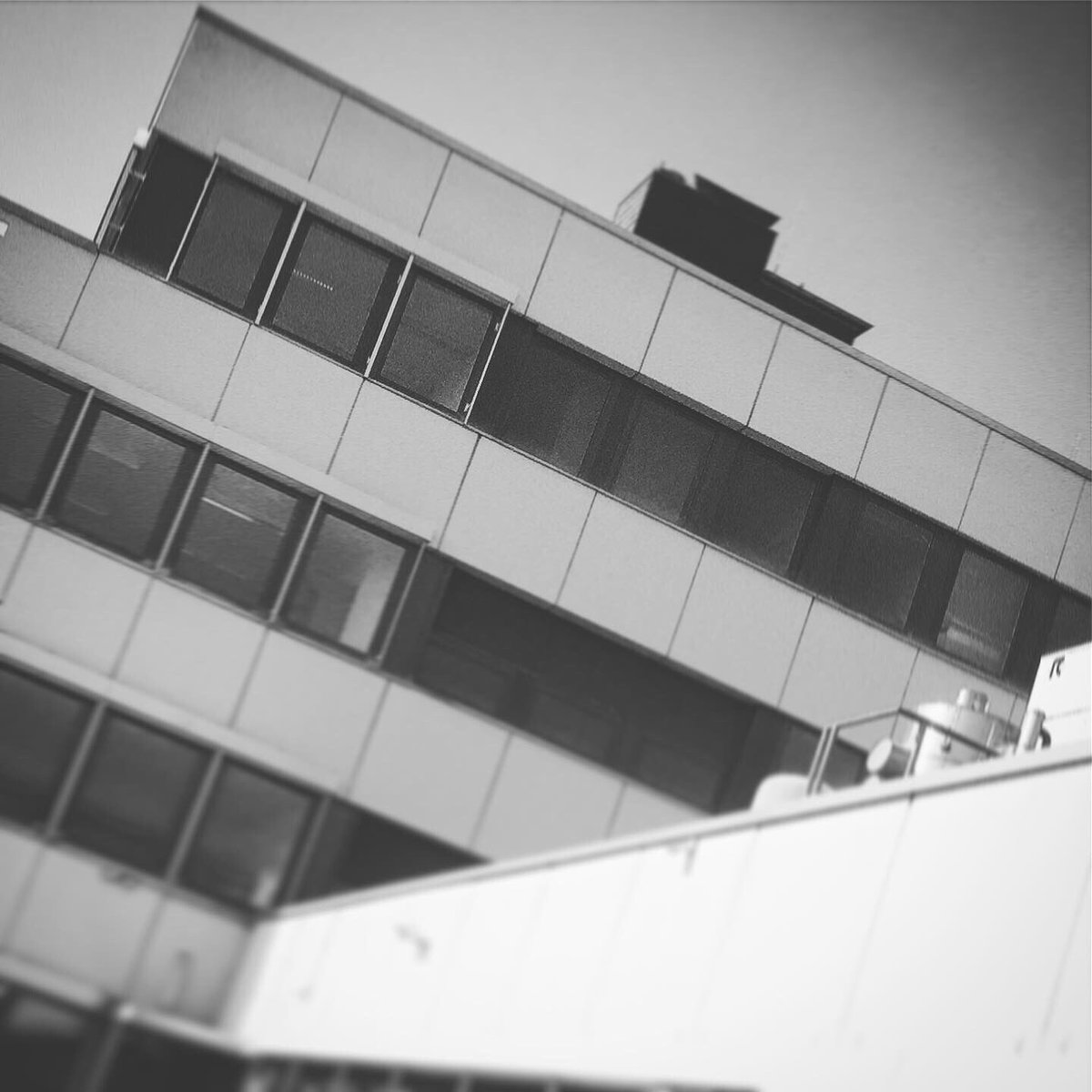

#SIGINT experts of the Hauptvewaltung III (HA III) had the West German government and intelligence services in their sights #BND #BfV. The Stasi foreign intelligence unit HVA had also occupied a separate area with its own espionage gear 4/6 
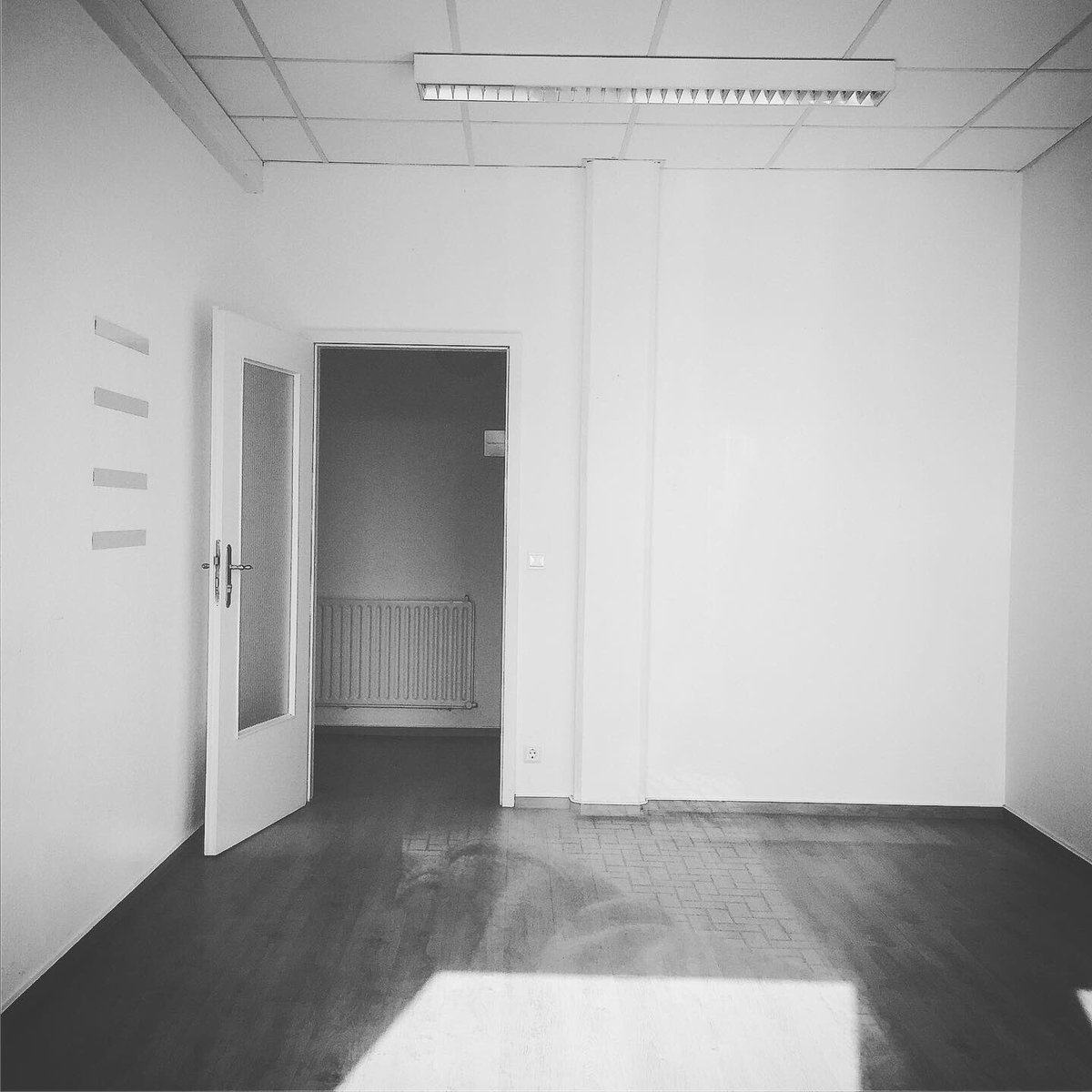
Whether car phone, fixed line numbers or intelligence services' radio - everything was collected and forwarded to East Berlin. One important target is West German counterintelligence #BfV. Its watchdogs are an open book for the #Stasi 5/6
For this purpose HA III had a monitoring post on the premises of the Soviet trade mission in Cologne - code name "Steuerung 1b“ 6/6👇
https://twitter.com/lcueilleur/status/1505963837027143681
• • •
Missing some Tweet in this thread? You can try to
force a refresh





